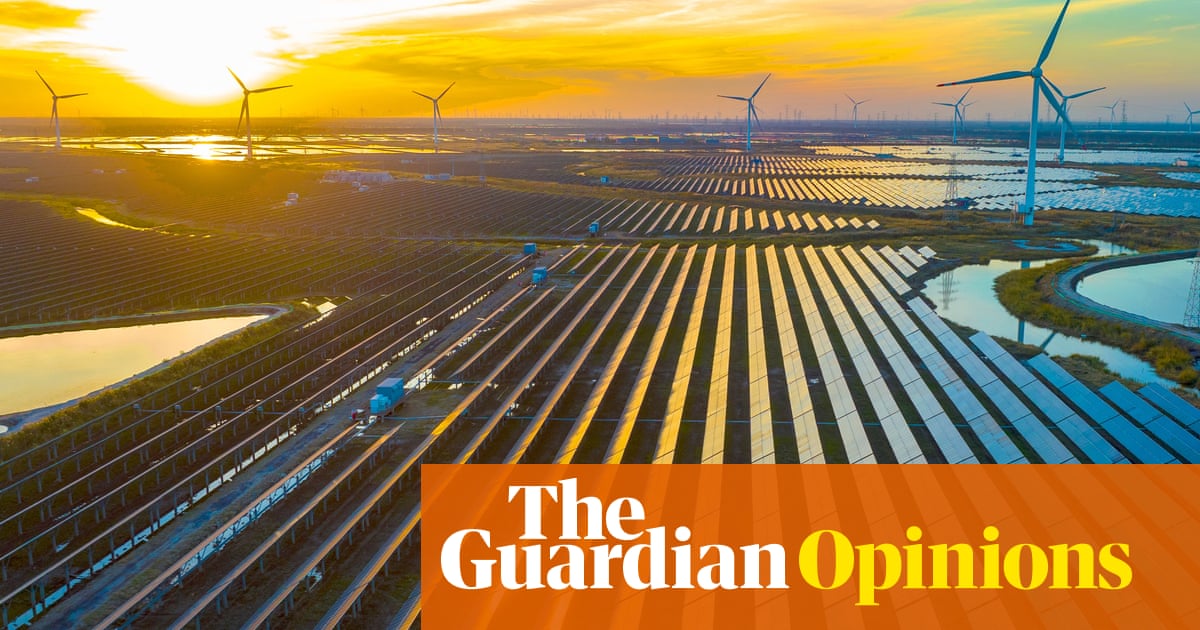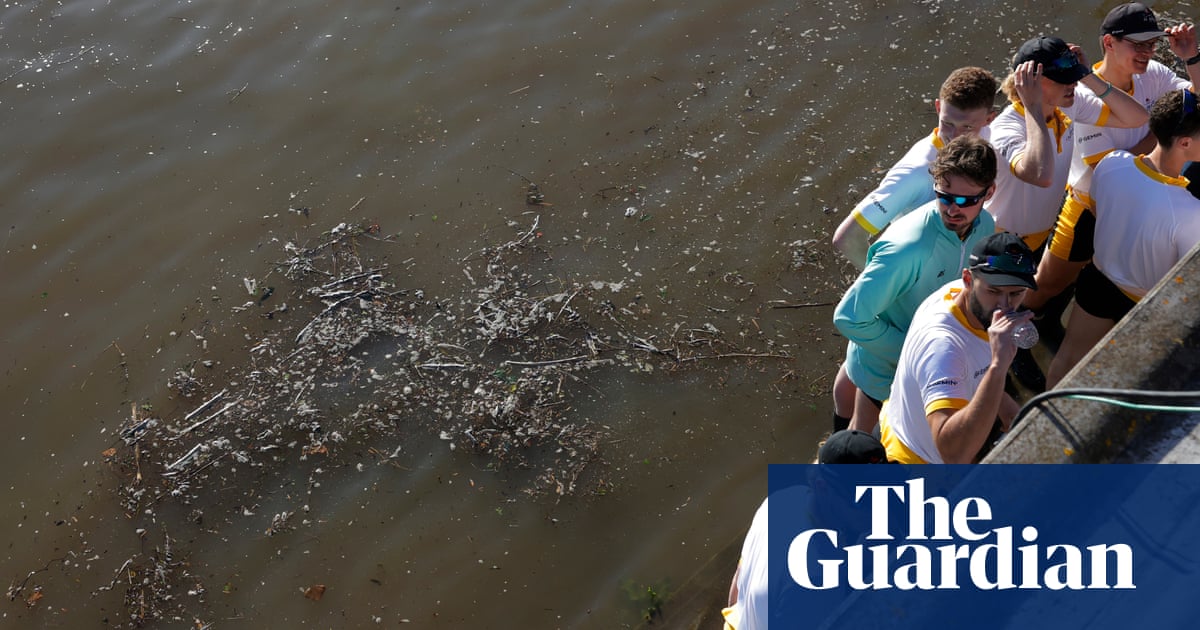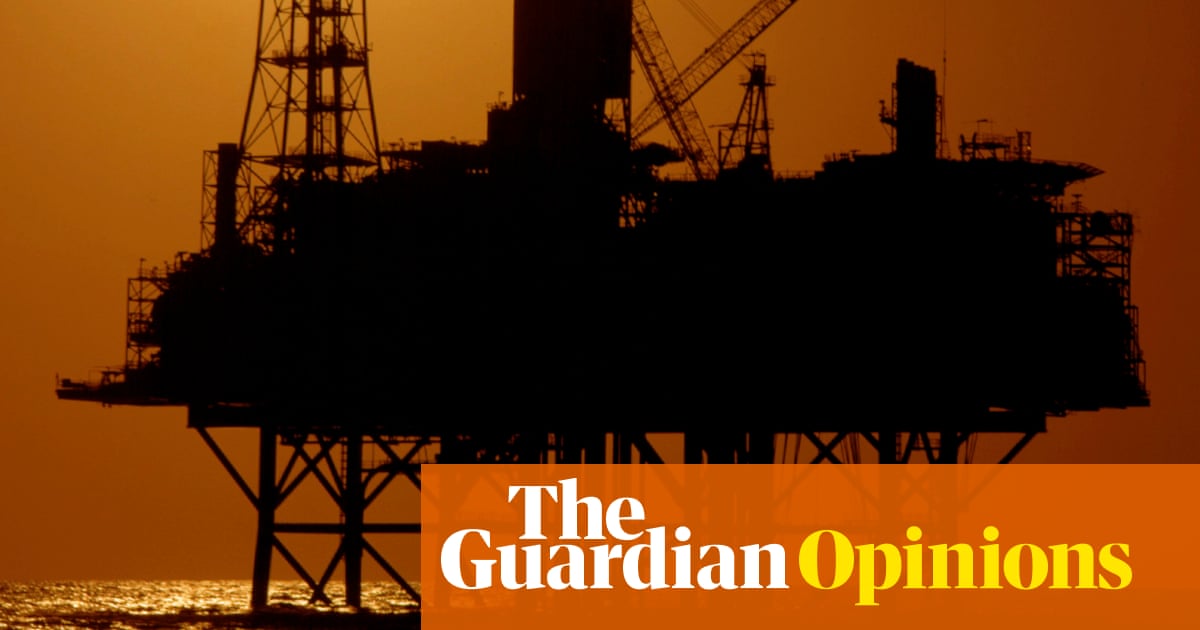Albanese’s promised clean economy act has been a long time coming, but it’s the right place to start | Adam Morton


It’s taken a while to get here, but Anthony Albanese is on the verge of promising what some economists and most clean energy advocates have been urging Australian governments to do for years. Or at least a version of it.
The prime minister’s promised “future made in Australia” act is clumsily named, and the announcement last week had few details, but the idea – that the government will need to use its weight to help develop green industries if the country is to make a rapid transition from fossil fuels to a clean economy – has been a long time coming.
Some of the criticism that followed has made headlines, but been pretty unremarkable. It’s true that, if badly developed, an interventionist industry policy could become a money pit and create subsidy-dependent businesses. The government should absolutely aim not to do that. It underlines the importance of the decisions being made in Canberra before next month’s budget.
It’s also true that leaders will need to be bold, and an overly cautious approach is unlikely to do what’s needed. The expert consensus is that there is an opportunity in this moment – as the climate crisis worsens, and as countries comparable to Australia introduce strategies to attract trillions in clean investment – to spur the new industries needed to gain a foothold in new industries and help create green jobs.
It won’t last for ever at this scale. And taking it slow won’t avoid attacks on the government from people stuck on the idea that little of substance needs to change as the climate crisis rewrites the global economy. They’re going to happen anyway.
Other countries – in Europe, and Japan, Korea and Canada – are already chasing some of the trillions in global clean investment up for grabs in the decades ahead. They have mostly been reacting to what could be US$1tn in support for clean industries contained in that country’s paradigm-shifting Inflation Reduction Act.
But they are also responding to the slower creep of China’s massive green investment that has, for example, given it near complete dominance of the global solar supply chain that everyone relies on. It explains why several of the countries stuck the word “security” in the name of their green industry strategies.
The challenge for a resource-rich, medium-sized economy such as Australia is to identify industries in which it has a competitive advantage, and weigh how best to minimise the risks to taxpayers. It will be a while before it’s clear the extent to which the areas the government has backed to date – $2bn to kickstart a proposed green hydrogen industry, $1bn for solar panel supply chain manufacturing, and $4bn for mining and processing of critical minerals – fit into the category.
Smart minds have suggested that a sensible approach would be to mostly stop exporting raw materials and instead back onshore production and refinement of products such as ammonia, iron, steel, aluminium and a variety of critical minerals. Substantially more support will be needed, likely through tax breaks and direct investments as well as cheap loans and guarantees.
Consideration of how best to do this is running parallel with the equally important issue of how to ensure that people in the most fossil fuel-reliant parts of Australia are not trampled into the dust in a stampede for a clean future. We have known for years that parts of the country are likely to face a disproportionately hard future as dirty industries are inevitably phased down, and eventually out. Though often discussed, this issue has largely been ignored in national policy.
It hasn’t had the same attention as the promised shift to green industry policy, but there is evidence this is changing. Last month, as the government introduced legislation to create a Net Zero Economy Authority to help manage the transition to a clean economy, it quietly posted an impact analysis that is shaping its thinking.
The report assesses what will happen as at least 10 of the country’s remaining 19 coal-fired power plants shut by 2035. It estimates more than 3,000 coal power workers could lose their jobs, with spillover losses for about 900 contractors.
Past experience suggests as many as a third of the people who work at coal plants could still be unemployed a year after the generator has closed if left unsupported, and that their drop in earning capacity tends to be much greater than in other closing industries. The impact on financial hardship and health can ripple through a community and become a “self-reinforcing cycle” as people find it increasingly difficult to find work and lose skills and motivation.
These coal jobs are concentrated in just six regions across the country, notably Gladstone in central Queensland, the Hunter and Latrobe valleys, and Collie in Western Australia. Some of these areas are likely to benefit from new clean industries, which will mostly be regional, but it obviously won’t be a one-for-one match.
The report lists three ways the government could respond: do nothing, create a pooled redeployment policy for affected workers that the owners coal plants bosses can opt in to, or introduce laws that would allow it to force the owners of coal plants and their suppliers to take part in the redeployment arrangements and support their employees to find new jobs.
The latter two options would come at a public cost – almost $130m for the legislated third option – but the report argues the benefits that flowed from creating a pool of skilled workers for new employers, improving the social, health and welfare outcomes for workers and their families, and maintaining social cohesion and local identity would be significantly greater.
It also found more than 2.5 times as many workers were likely to be transferred into new jobs under the option that gave the government the power to force companies to act than if it made it a voluntary scheme. The “do nothing” option, in which the future of the workers would be left to the market, was not even assessed.
The implicit message is that the people affected by the historic transition under way need to be brought along for the ride, and given the help they need to get through it. As with the promised green industry policy, it’s taken a while to get here. But it’s the right place to start.
Source link




